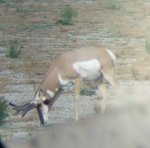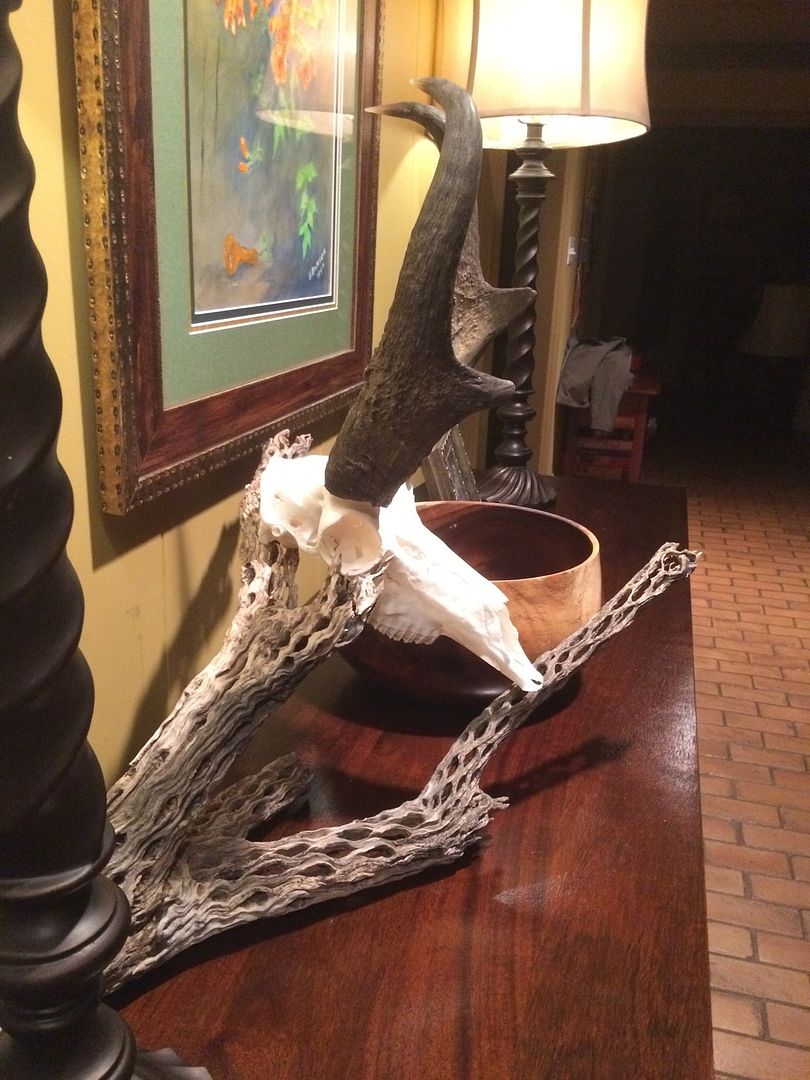Like all horned critters mass makes up a huge chunk of pronghorn score. If you take a look at B&C there actually aren't many B&C bucks listed from Idaho but you never know. If you look at enough bucks in the unit your son drew prior to the season you should get a feel for what a great buck is for the unit he drew. I wouldn't recommend the field judging video mentioned above because most of the bucks in that video are so over the top gigantic that they aren't much a reality in Idaho. The Grimmets are known as the guru of trophy antelope guides but I've never been a fan of using eyes, ears, nose length etc for field judging horns. I seldom use these to determine mass and horn length. The same exact horns on a small body/body parts buck will look a lot bigger than the same horns on a giant bodied buck. If you find a giant bodied buck and his horns still look giant....than you may have found a keeper! When I first started trophy antelope hunting I was fooled and had ground shrinkage on too many occasions using body parts for field judging.
I'm not sure if your son is interested in B&C but I usually don't get too excited about bucks until they are around 80". For higher scoring bucks the first thing I look for is MASS. If a buck doesn't have MASS all the way to his horn tips I keep looking. You usually have to look at a buck from different angles to get a good feel for mass. If you don't have an exceptional spotting scope you might as well forget about judging antelope effectively! It is next to impossible...especially when you toss in heat waves.
If not interested in score you might as well look over as many bucks as you can. Once you find a buck that your son gets excited about...the chase is on! First and foremost....have a great time!




